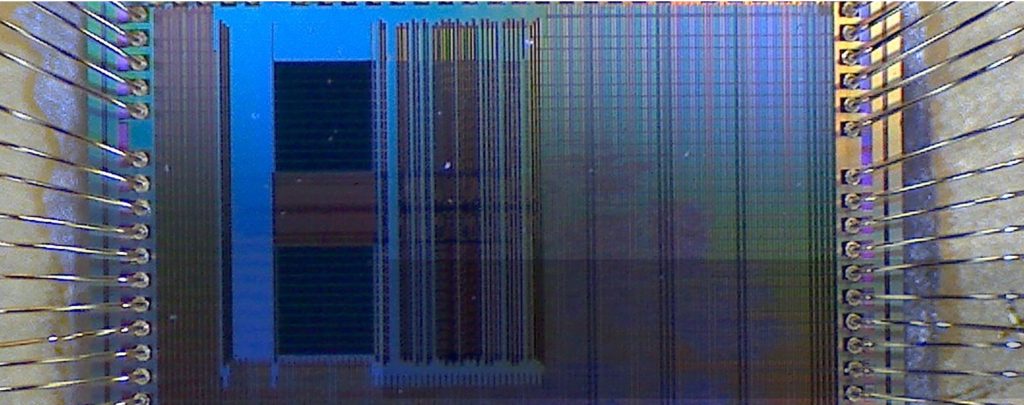Resistive Random Access Memory (ReRAM) is a type of emerging Non-Volatile Memory (NVM) that scales easily to lower process geometries for future embedded NVM applications. Because of its simple structure, a ReRAM cell is small, fast, easy to stack, and consumes extremely low power.
up to 10 years at 175 C
<2V
between 10^5 – 10^6 cycles
~100x faster write access time than flash
Weebit ReRAM is designed to be embedded in SoCs targeting a broad range of applications, including:
Weebit ReRAM is also shown to be a differentiator for neuromorphic computing, an area of continued research for Weebit and CEA (List and Leti institutes).
Weebit demo chips embedding its ReRAM module have successfully completed their functional testing phase. The demonstration will include programming and reading of entire ReRAM arrays, including the use of smart algorithms, showing access times, errors detected and other statistics.
The demonstrator integrates a multi megabit Resistive Random Access Memory (RRAM) and a RISCV Core to enable the RRAM write and read control. It demonstrates the Non Volatile Memory capabilities of Weebit RRAM and these performances.
Silicon wafers integrating the embedded Weebit ReRAM module at 130nm show positive test results, and the company has demonstrated production level parameters at 28nm. Weebit is currently developing its next memory module on a 22nm FD-SOI process.
